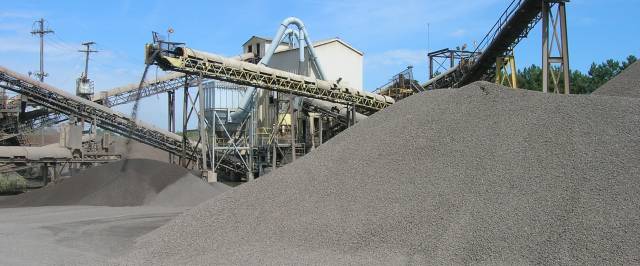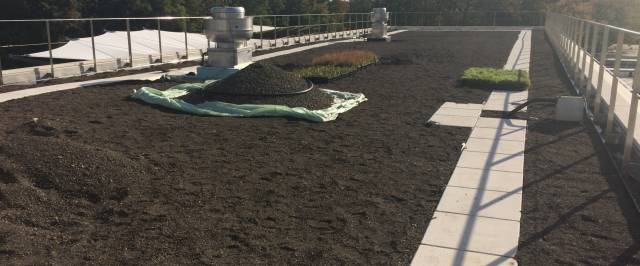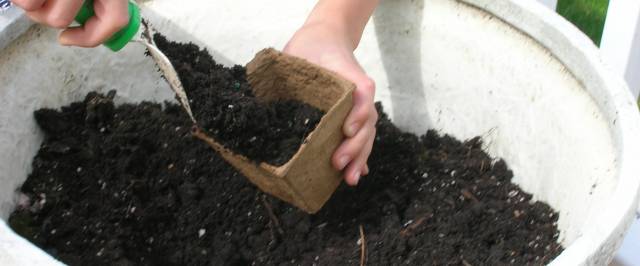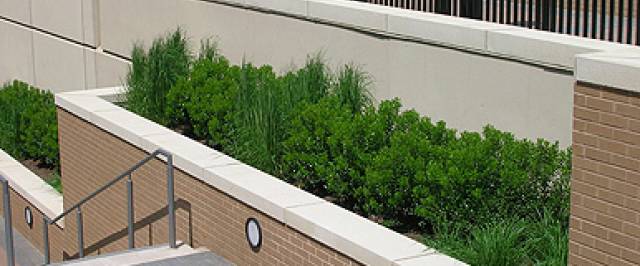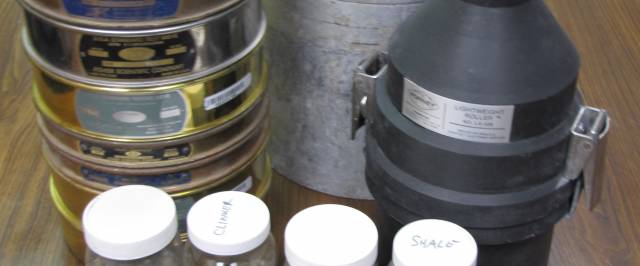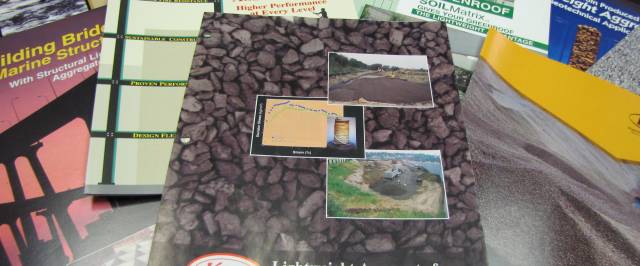Sustainable building practices and environmentally sound designs have become an increasingly important part of landscape design. Norlite Expanded Shale offers innovative, cost-effective, long-term solutions to modern horticulture and landscape design challenges.
Norlite, a lightweight, porous ceramic material produced by expanding and vitrifying select shale in a rotary kiln, is an ideal planting medium for a rooftop garden, designing a soil
for an athletic field or improving an existing soil to sustain a plant design.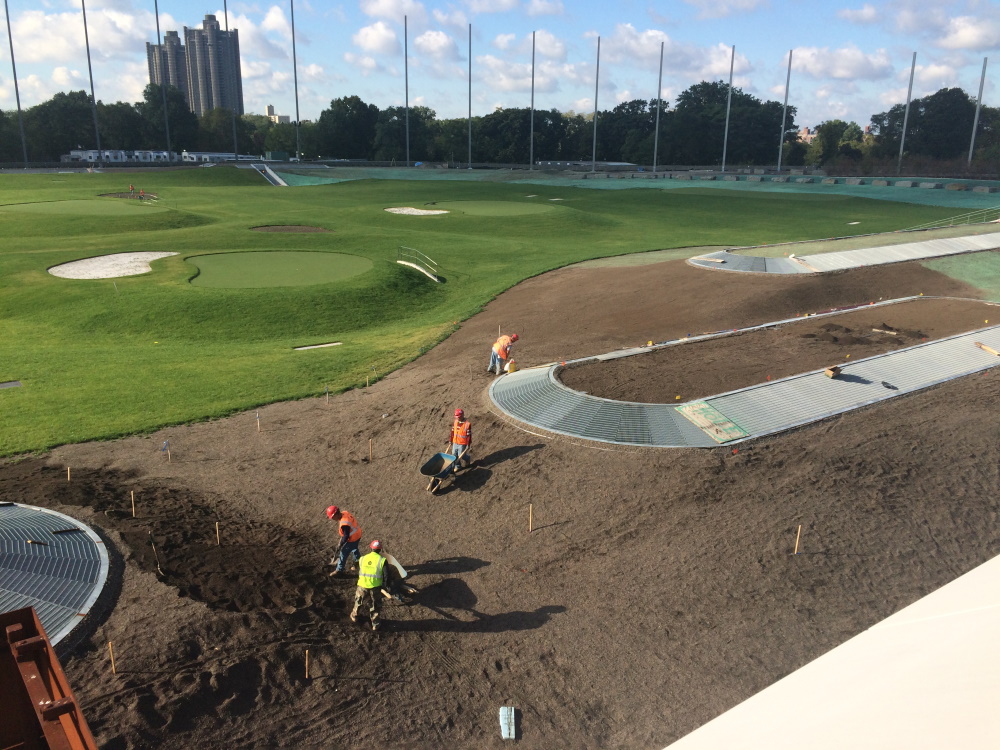
Design Applications
- Rooftop Garden Planting Media: Combining Norlite with varying amounts of organic matter creates a lightweight planting media for intensive and/or extensive rooftop gardens.
- Designer Soils: With Norlite, soils can be created or altered to meet design specifications or address precise project requirements. Designer soils are often required for rooftop gardens, raised planters, containers and urban tree plantings.
- Soil Amending: Incorporating Norlite into heavy clay soil can provide permanent aeration and drainage within the root zone. Norlite can improve the properties and qualities of existing soils to meet the requirements of landscape design.
- Turf: NORLITE is combined with peat, sand and other amendments to form root zone soil mixes for golf courses, athletic fields and related turf surfaces. It is also applied as topdressing over established turf.
- Storm Water Management: Norlite amended soil reduces surface runoff by permitting storm water to percolate and infiltrate the soil surface. Rain gardens, vegetated filter strips and turf pavers are examples of storm water management tools that benefit from Norlite.
- Infield Conditioner for Ball Fields: Adding Norlite to the infield mix prevents the skinned surface from becoming hard and compacted. It also improves drainage, allowing the infield to dry out quickly after inclement weather, reducing down time.
- Lightweight Fill: At nearly half the weight of common fills, Norlite provides an ideal lightweight fill for backfilling retaining walls, reducing loads over structures or insulating thermally sensitive elements.

